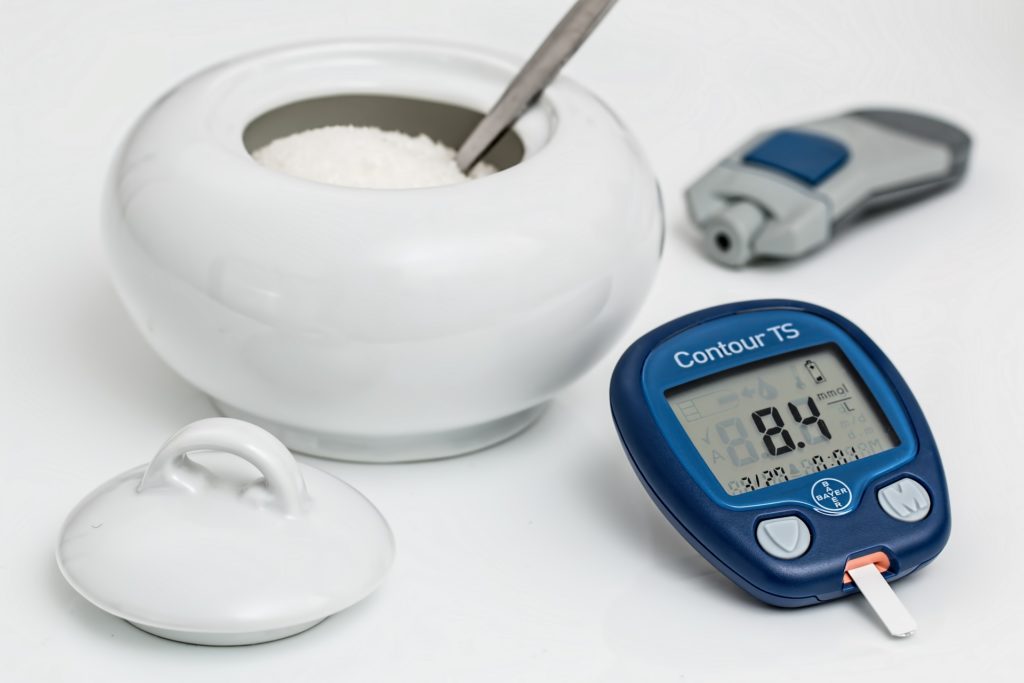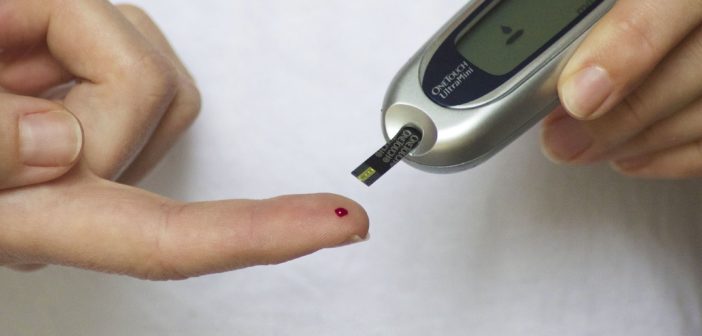Did you know that type 1 diabetes is one of the most common chronic diseases in children? With approximately 2400 Australian diagnosed with type 1 diabetes (T1) each year, every parent should be aware of the signs and symptoms.
Here’s what you need to know:
What Is Type 1 Diabetes?
An autoimmune disease, T1 destroys the pancreas’s ability to produce the hormone insulin. Insulin helps turn glucose into energy and without it, the level of sugar in the blood becomes higher than normal and the body starves as it cannot process food properly. The body starts to burn its own fat that releases dangerous chemical substances into the blood called ketones. This can be life threatening.
There are many other health complications possible from T1, especially if not well managed. These include kidney damage, circulation problems, damage to eyes and higher risk of heart disease or stroke.
The exact cause of T1 is unknown although there may be a genetic link. Unlike Type 2 diabetes, lifestyle or diet does not increase the risk of getting Type 1 diabetes.
The peak age for diagnosis is 10-14 which is why T1 is often referred to as juvenile diabetes. Onset is most common in people under 30 years, however it can affect people of any age.

Signs And Symptoms
Onset of this type of diabetes is usually sudden and obvious. Symptoms include:
- extreme thirst
- constant hunger
- sudden weight loss
- frequent urination
- blurred vision
- nausea
- vomiting
- extreme tiredness
- infections
If you suspect your child has T1, take them to a doctor immediately who will administer a blood test.
Treatment
Unfortunately there is no cure for T1 and, as it is a life threatening condition, it needs to be managed closely through:
- Insulin replacement through lifelong insulin injections (up to 6 every day) or use of an insulin pump
- Monitoring of blood glucose levels regularly (up to 6 times every day)
- Following a healthy diet and eating plan
- Regular exercise
Resources
Juvenile Diabetes Research Foundation

